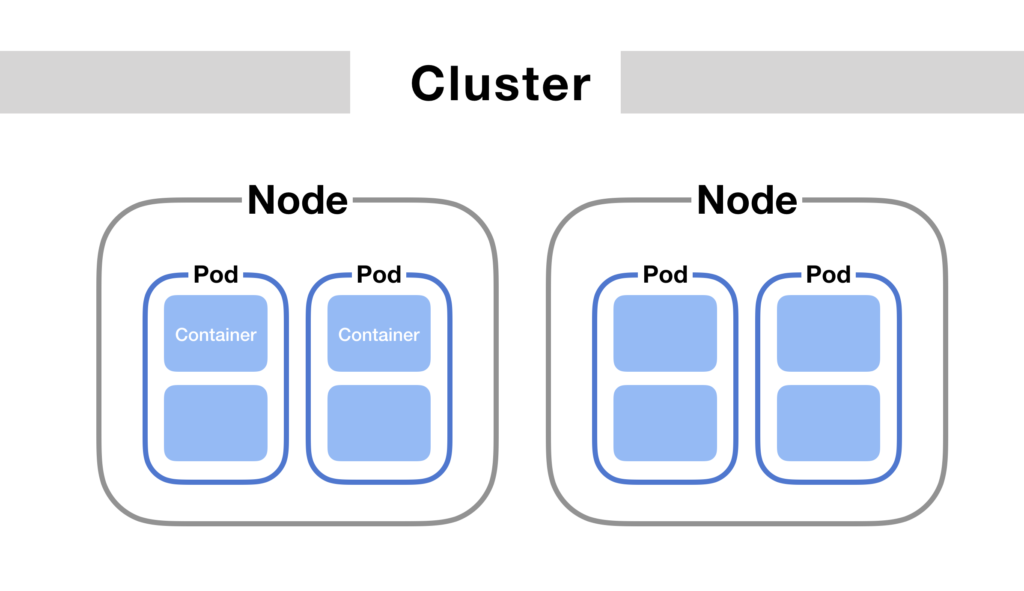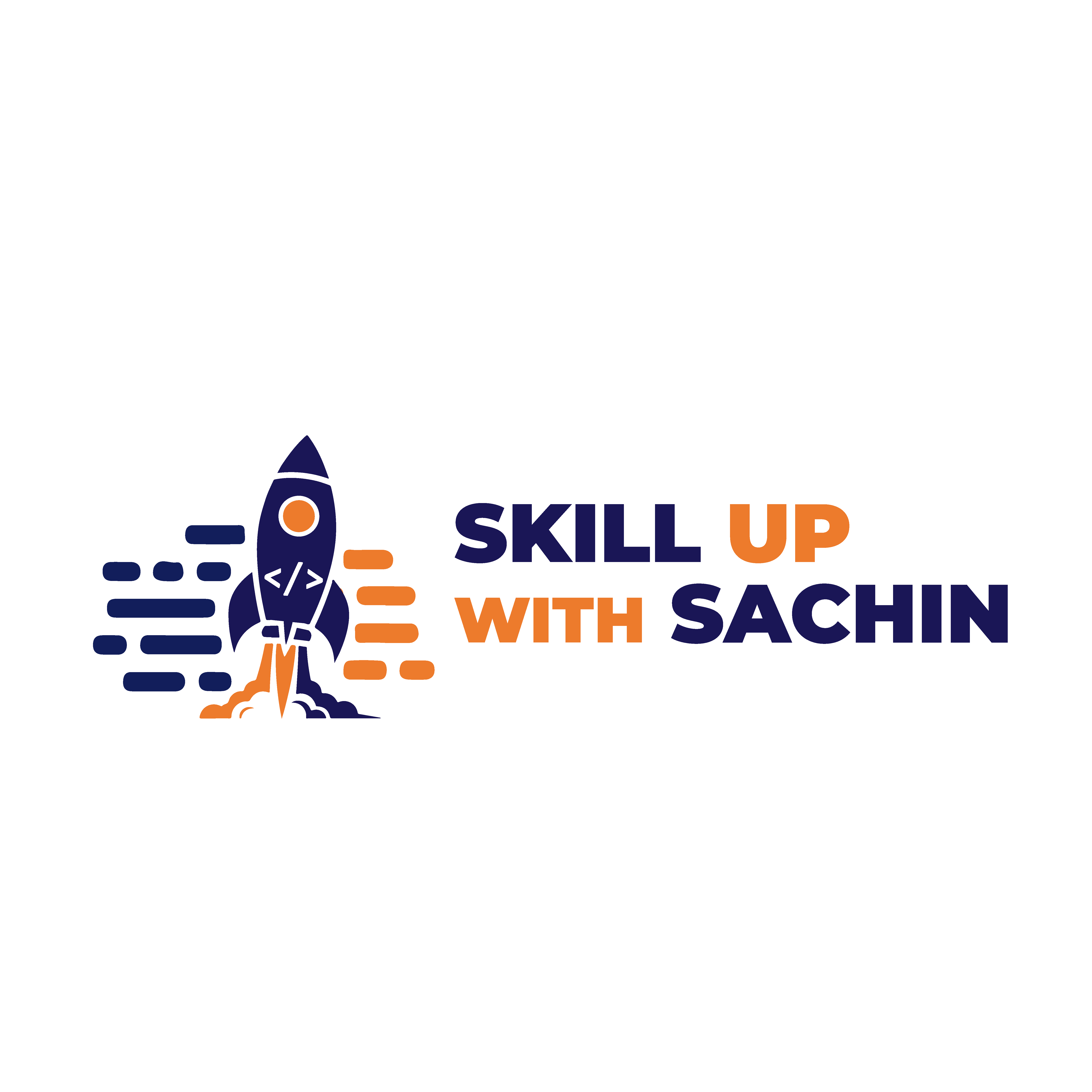Do you know how does Kubernetes Pod Schedules ?

We all run pod and talk about it but do we really know the components and stages involved in pod’s scheduling. Let’s see briefly the stages involved in below diagram. The three major components involved are as follows:– API Server– Scheduler– Kubelet If you run any command such as “kubectl apply -f abc.yml” the below sequence of events happens to create a Pod. Sequence :1. Kubernetes client (kubectl) sent a request to the API server requesting creation of a Pod defined in the abc.yml file.2. Since the scheduler is watching the API server for new events, it detected that there is an unassigned Pod.3. The scheduler decided which node to assign the Pod to and sent that information to the API server.4. Kubelet is also watching the API server. It detected that the Pod was assigned to the node it is running on.5. Kubelet sent a request to Docker requesting the creation of the containers that form the Pod. In our case, the Pod defines a single container based on the mongo image. Finally, Kubelet sent a request to the API server notifying it that the Pod was created successfully. Detailed Sequence of Pod Scheduling Additional Considerations in Pod Scheduling While the basic process of Pod scheduling is straightforward, several additional factors can influence how Pods are scheduled and managed in a Kubernetes cluster: Kubernetes Pod scheduling is a complex but essential process that ensures your applications run efficiently and reliably within a cluster. By understanding the roles of the API server, scheduler, and Kubelet, and by following best practices for resource management, security, and high availability, you can optimize your Kubernetes deployments for both performance and resilience. As you continue to work with Kubernetes, these insights will help you better manage your workloads and harness the full power of this orchestration platform.


